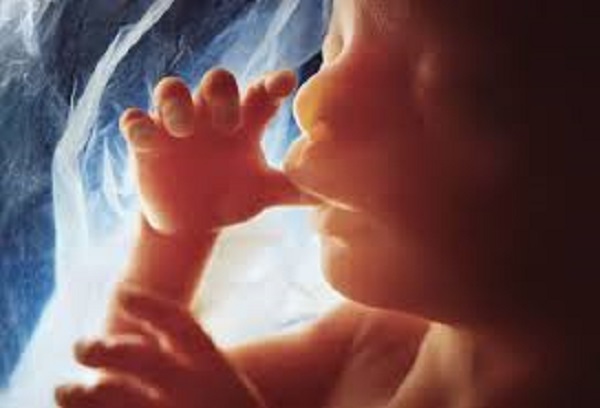Abortion in the United States are on the rise for the first time in a decade as the dangerous abortion pill kills more babies in abortions.
For over a decade, the the U.S. Centers for Disease Control and Prevention (CDC) shows that the number of abortions in the U.S. were declining as the percentage of surgical abortions claiming the lives of unborn babies was dropping at a faster rate than the percentage of abortions with the mifepristone abortion pill was increasing. But those days appear to be over.
On Wednesday, the CDC preliminarily released its annual “Abortion Surveillance Report” for the year 2019. The numbers continue to show a steady decline in abortions since 2009, although the 2019 survey shows a slight increase in abortions. Abortions in America rose 1% in 2018. The next year, the numbers increased 2% and the rate per 1,000 women of child-bearing age rose 1%.
Some 43.7% of all abortions now involve the dangerous abortion drug — a new high — which is increasing the number of abortions even though the abortion pill has killed dozens of women and injured thousands more according to FDA figures.
Overall since 1973, abortions have killed more than 63 million unborn babies.
The CDC figures are notoriously incomplete and its figure of 629,898 babies dying in abortions in 2019 is significantly low because its annual abortion figures do not include California, New Hampshire, Maryland, and the District of Columbia. But that has been the case for years so the comparison of data each year is still instructive to glean historical trends and directions. More accurate annual figures show almost 900,000 babies are killed in abortions in the United States annually.
Leading pro-life advocates bemoaned the increase in the number of babies losing their lives to abortion.
“Although abortion advocates will undoubtedly celebrate the slight increase in abortions, no one should be rejoicing in the deaths of unborn babies,” said Carol Tobias, president of National Right to Life. “Federal agencies, state, and local governments are seeking to save lives with masks, COVID tests, and vaccines but at the same time abortion is claiming the lives of over 2,000 unborn babies a day and each abortion stops a beating heart.”
Click here to sign up for pro-life news alerts from LifeNews.com
Tobias continued, “Those who advocate for more and more abortions just don’t care about unborn babies or their mothers.”
The good news is that the number of abortions and abortion rates have declined significantly from their highs decades ago — where twice as many babies were killed in abortions as compared to today.
“The pro-life movement is encouraged that abortions have been reduced by 50% since 1980. The slight uptick in numbers found in this most recent report means that pro-lifers will work even harder to protect innocent unborn lives and their mothers,” said Tobias.
The pro-life movement condemned the dangerous abortion drug and its role in increasing abortions.In 2016, the FDA revised its guidelines to allow the use of the abortion drug mifepristone as late as 10 weeks in pregnancy. According to the CDC’s report for 2019, 43.7% of abortions were chemical abortions.
“The use of the chemical abortion method using mifepristone appears to be on the rise in many states,” said Randall K. O’Bannon, Ph.D., director of Education and Research for National Right to Life. “The number of chemical abortions might be lower if women were told the truth about the deaths and injuries associated with chemical abortion methods. Instead, the abortion industry peddles lies about the ease of the method and pushes for fewer and fewer protections for women undergoing a chemical abortion.”
Dr. O’Bannon continued, “Promoters of these pills like to trumpet high safety rates, but neglect to mention how that with hundreds of thousands of women taking these pills, even a couple of percentage points of women hemorrhaging, dealing with infections, and ectopic pregnancy, represents thousands of women desperately seeking treatment, which may or may not be nearby.”
One recent study showed that emergency room visits by chemical abortion patients increased by 500% from 2002 to 2015. Those numbers would only be expected to grow with more lax safety regulations.
The stats also how that laws forcing taxpayers to fund abortions continue making a big difference — as pro-life states see abortions decline while abortion-funding states do not. Public policy and pro-life laws have an impact on the number of abortions performed in each state. For example, West Virginia stopped funding abortions through Medicaid in 2018 and abortions in that state dropped 21%. But in Illinois, which started funding abortions through its Medicaid program in 2017, abortions increased by more than 9% for the second year in a row.
“Poll after poll shows that a majority of taxpayers do not want their tax dollars to pay for abortions,” said Tobias.
In 2019, in the reporting areas included in the report, the CDC found an abortion rate of 11.4 abortions per 1,000 women aged 15–44 years. The CDC found a ratio of 195 abortions per 1,000 live births.








